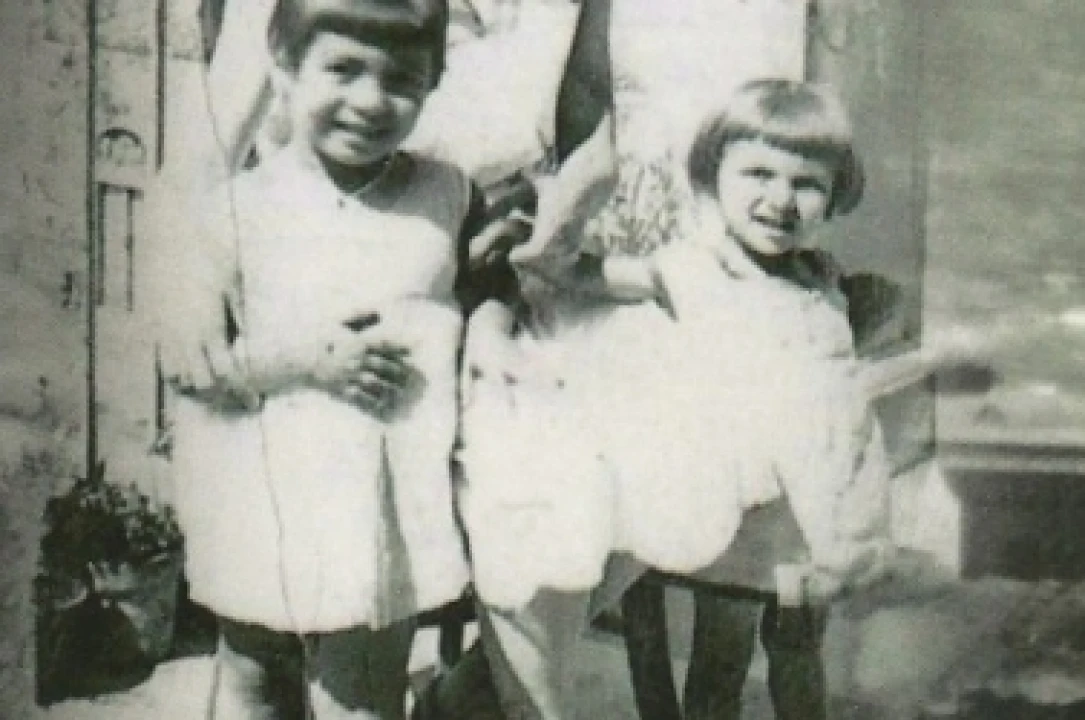Names such as Christopher Columbus and Amerigo Vespucci easily come to mind when anyone is asked to recall an Italian who influenced or contributed to the growth of America. Many others from Italy crossed the Atlantic Ocean, too, but their names are foreign even to most Americans of Italian descent.
Columbus was from Genoa and he first traveled to the new world under the Spanish flag during 1492. Seven years later, Vespucci, for whom the American continents are named, personally named the land he and Alonso de Ojeda first saw from their ship. They called it Venezuela or "little Venice" in Florentine dialect.
John Cabot, a Venetian born Giovanni Caboto, sighted today's Newfoundland and claimed it for England. During 1524, Giovanni da Verrazzano, sailing for France, was the first European to travel from present North Carolina past Cape Cod and on to Newfoundland.
Missionaries And Explorers
During the 16th and 17th centuries, Italians in the Spanish Jesuit order arrived to establish missions in the southwest, north central and northwest regions. Marcos de Niza, a Franciscan, explored Arizona and New Mexico for Spain. Eusebio Kino, an Italian Jesuit, traveled through Mexico, Arizona and California to map the land, establish mission, and introduce European crops and the practice of raising cattle. Another Jesuit, Gregorio Mengarini, worked with the native inhabitants in what was to become Montana.
Henry de Tonti, a soldier born in Gaeta, accompanied French Canadians during an expedition that traversed the Great Lakes and ventured the length of the Mississippi River. During 1657, a group of Italian Protestants, the Waldenses, left the Piedmont region, arrived in New Amsterdam (today's New York City) and eventually settled at New Castle, Delaware. Giovanni Gualdo, a wine merchant, composer and conductor, arrived in Philadelphia during 1767.
Revolutionaries And Artists
During the American Revolution, Philip Mazzei, a friend of Thomas Jefferson and Benjamin Franklin, offered his political ideas along with suggestions of European plants and agriculture to the nation's founders. William Paca signed the Declaration of Independence. The Milanese botanist Count Luigi Castiglioni traveled through the country after the Revolution, making observations about the states, the national government, the Constitution and the interesting vegetation.
Pietro Bacci, a Sicilian scholar exiled for his politics, taught Spanish and Italian at Harvard College. Lorenzo Da Ponte, a contemporary of Mozart, lived and taught in New York. Sculptor Giuseppe Ceracchi created busts of George Washington and John Adams. Jefferson invited Giovanni Andrei and Giuseppe Franzoni to America to work on the capitol building.
Educators And Liberators
Giovanni Grassi, a Jesuit, became president of Georgetown University, while Giovanni Nobili and Michael Accolti established Santa Clara College in California. Joseph Cataldo founded Gonzaga University in Spokane, Washington.
From 1820, when the U.S. first kept such records, until 1865, approximately 17,000 Italians entered North America. Most settled along the east coast, but Italian seamen reached the west coast during the 1830s. During 1822, Giacomo Constantino Beltrami explored Minnesota to seek the headwaters of the Mississippi River. Forty years later, John Owen Dominis, the son of an Italian-American sea captain from Boston, married Hawaii's Queen Liliuokalani.
Italian immigration was not limited to North America. Following Vespucci's ship, Italians continued to migrate to Latin America and South America.
Giuseppe Garibaldi, who was instrumental in the formation of a united Italy, first led the fight for the liberation of Uruguay. Other Italians had populated Sao Paolo and Buenos Aires. Italians were nearly half of all arrivals in Brazil and they were the largest group of foreigners in Argentina.
Back in the U.S., the largest arrival of Italians occurred during the late 1800s and early 1900s. About 70,000 arrived between 1866 and 1879, while four million arrived from 1880 to 1914. Some of their stories will be appear at a future time.
by Mike Virgintino / Examiner.com



